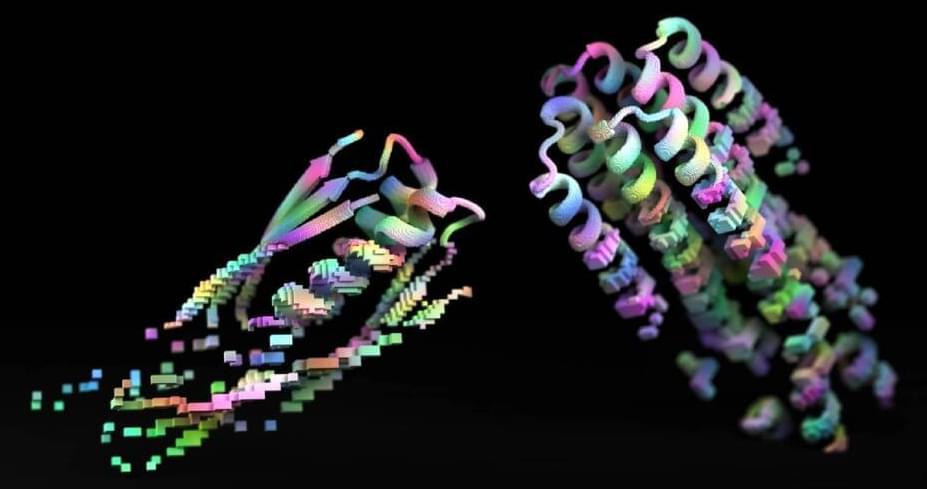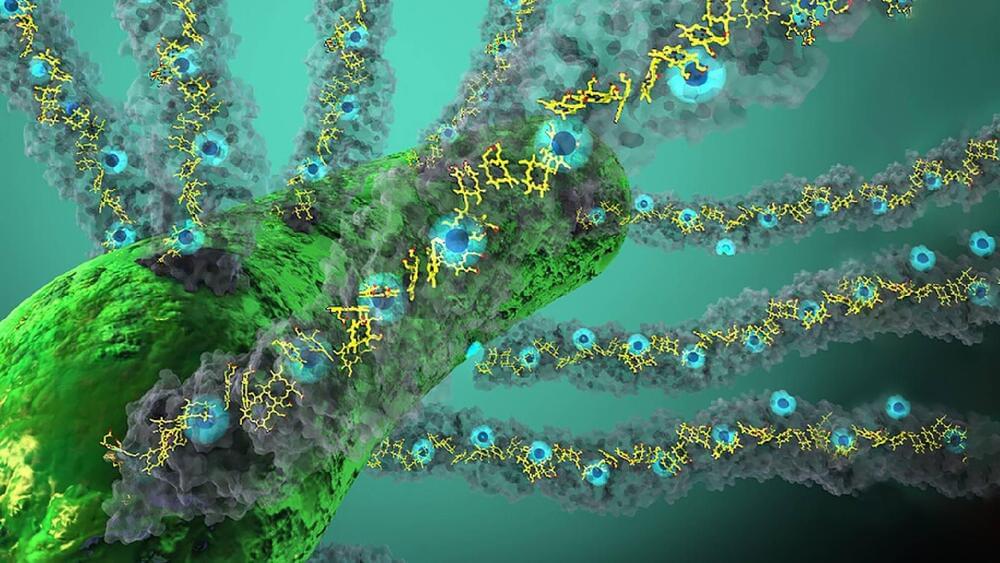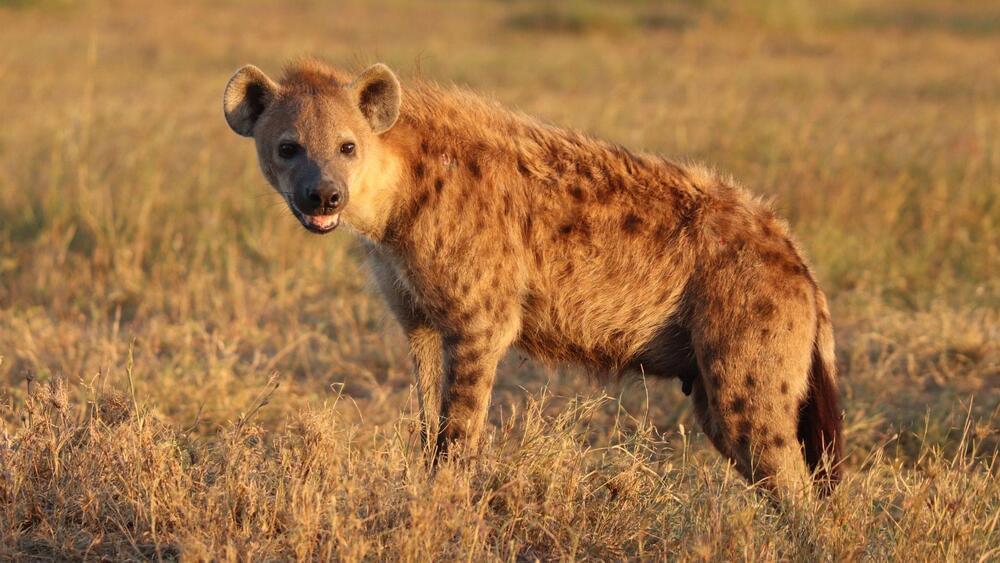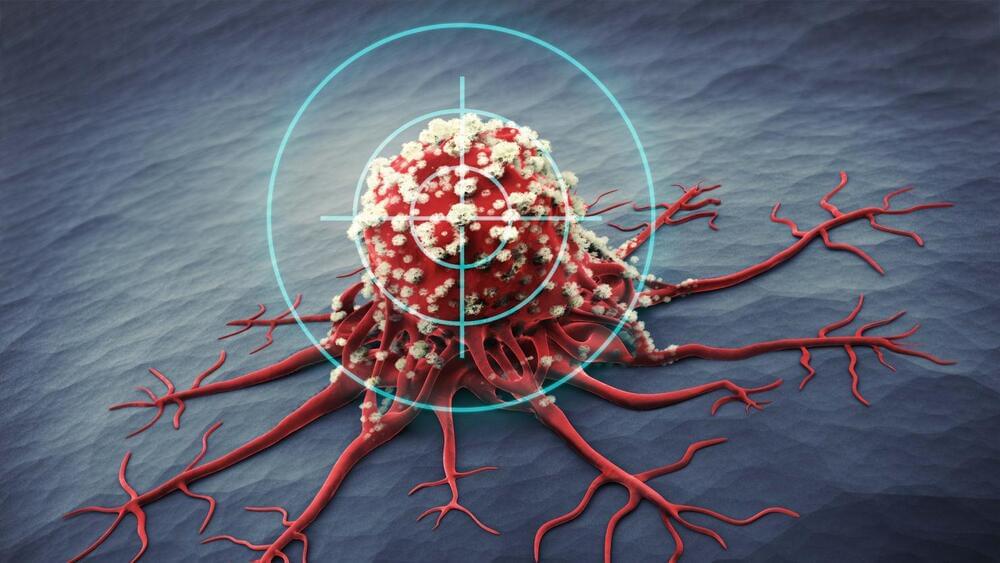Sep 18, 2022
Astronomers discover how naughty baby stars steal each others’ planets
Posted by Atanas Atanasov in categories: particle physics, space
Stellar nurseries are a hotbed for heists.
These stellar nurseries are densely populated places, where hundreds of thousands of stars often reside in the same volume of space that the Sun inhabits on its own. Violent interactions, in which stars exchange energy, occur frequently, but not for long. After a few million years, the groups of stars dissipate, populating the Milky Way with more stars.
Our new paper, published in the Monthly Notices of the Royal Astronomical Society, shows how massive stars in such stellar nurseries can steal planets away from each other — and what the signs of such theft are.
Continue reading “Astronomers discover how naughty baby stars steal each others’ planets” »


















